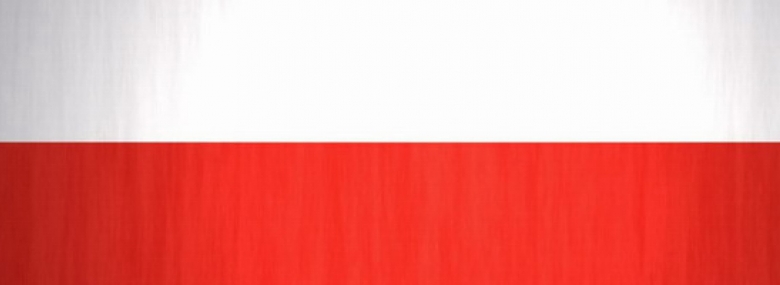
The development of the Polish armored forces essentially began with the allied victory of 1918. The first Polish armed forces consisted of former legion units in France with the core represented by an army under the command of Józef Haller. This army was created in France on 4.6.1917 as a result of major political pressure from Polish exiles and it fought the German forces until the end of the war.
The Polish units in France received their equipment mostly from the French military (as well as the Americans later on) and after the Great War ended, the Polish forces returning to the newly re-established Poland were well equipped (for example roughly 1000 cars and trucks and 500 motorcycles). The core of the emerging Polish armored forces however consisted of 120 French Renault FT light tanks, which were at that time the most modern armored vehicles in the world. This made the Polish military very powerful from early on – only the superpowers had comparable numbers of armor at their disposal.
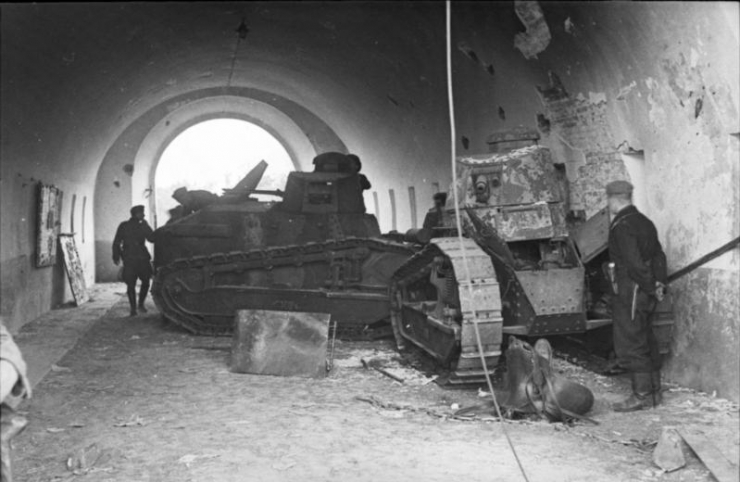
The first tank unit (1st Tank Regiment - 1 Pułk Czołgów) was formed while the men were still in France. Of its 120 Renault FT tanks, 75 were equipped with the 37mm SA18 Puteaux cannon, while the remaining 45 vehicles were equipped with 8mm Hotchkiss machineguns. Apart from the tanks, the regiment was equipped with a large number of supporting vehicles, trucks and some tractors. The regiment consisted of two tank battalions, a command section and a repair section. The first battalion had two companies of tanks and the second had three. Each company consisted of three platoons with five tanks each as well as one command platoon and one technical platoon.
Unlike other states such as Czechoslovakia, Poland had to face the aggression of a theoretically much stronger enemy right from the start during the war with Soviet Russia from 17.2.1919 to 18.10.1920. It was in this war that Polish armor was used for the first time – and not just the French tanks but also the Ford T armored cars built locally by the Polish. Poland thus became one of the few countries in the world to actually produce their own armored vehicles right from the start. The war was quite brutal with Soviet forces getting as far as Warsaw only to be thrown back by a counteroffensive and it ended with a ceasefire on 18.10.1920.
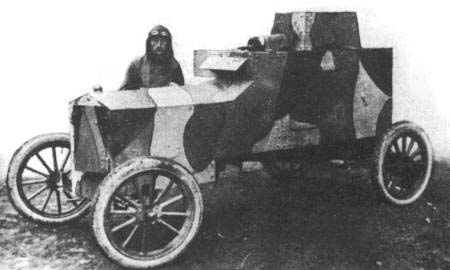
During that war, the Renault tanks had a significant military impact as well as a psychological one, bolstering the morale of the beleaguered Polish troops. Their use was relatively successful, some sources state only 12 Renault FT tanks were lost and so the 1st Tank Regiment still emerged from the war as an effective fighting force while the Polish managed to capture a large number of armored cars from the Soviets (over 40 vehicles). Numerous interesting examples of improvised Polish armor also came from the the fighting with the Ukrainians over Lviv and in Silesia - and so it was that Polish armor development was quite literally born from the fires of combat.
The victorious war against the Soviets, however, had certain specifics that would later return to plague the Polish military – for one, the famed Polish cavalry units were very successful in defeating Russian troops in the boggy terrain of eastern Poland, which caused the Polish military to emphasize the role of cavalry more than they should have and it gave the "old guard" officers (who did not trust modern machinery) more arguments against further mechanization. When the decision to completely mechanize the Polish army came - it was too late.
When all the fighting ended, the Polish army had – apart from roughly 100 remaining Renault FT tanks – a large number of various captured vehicles. Keeping such a large number of types operational proved to be difficult and resulted later on in attempts to unify the armored vehicles by license-producing the wz.28 halftrack (originally the French Citroën Kengresse) and the wz.29 armored car. It would however take the entire twenties to develop the industry enough to fully support any indigenous Polish armor production.
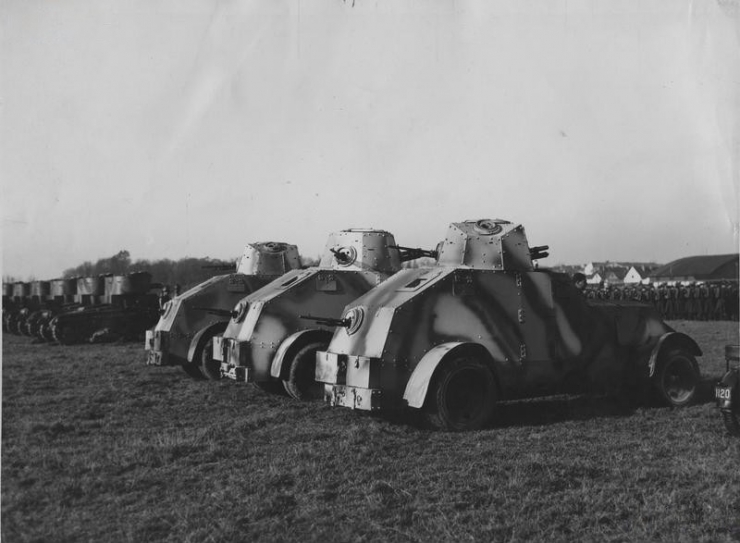
Between the wars, the aging Renault FT was still the most important Polish armored vehicle. It was supplemented in 1931 with the purchase of several Vickers Mk.E British export tanks (an excellent design in its own right). The main armored unit was still the 1st Tank Regiment, which had its HQ first in Żurawica and later (from 1930) in Poznań.
Peacetime allowed the Polish to start properly developing their armor in earnest. One of the first places where armored cars and tanks were repaired was the "Central Car Works" ("Centralne Warsztaty Samochodowe") company in Warsaw. This company initially repaired and maintained the existing fleet of Polish armor (the cars at first and the Renault FT tanks a bit later) but from the mid-twenties, its developers started working on indigenous Polish armor projects. In 1928, the company was transformed and renamed – "Państwowe Zakłady Inżynieryjne", better known as PZInż. PZInż in time became the predominant (monopolized) developer of Polish armor, building tanks and other military vehicles as well as cars for civilian use.
Another milestone in Polish armor development was the establishment of the Warsaw Technical Institute with a department dedicated to armor development along with the founding of a testing military unit attached to it (operating from the Modlin proving grounds). Multiple vehicles were tested there in the early 30's including the French Renault NC, Carden Loyd tankettes and Fiat cars. In the future, all Polish armored designs would be tested in Modlin.
From the early 30's, the Polish army went through a motorization and mechanization program, obtaining hundreds of vehicles (including armor). The program, while adequate for the conditions in Poland, did not mean the Polish army was heavily mechanized by the end of the 30's. Instead the entire military was still mostly hippo-mobile and the amount of vehicles being built (including high numbers of armored vehicles) did not make the Polish armored forces the mailed fist of the army because, unlike the Germans, the Polish (as well as many other armies at that time) did not organize their armor into separate independent forces. Instead, they attached it to existing cavalry and infantry units, watering down its striking power.
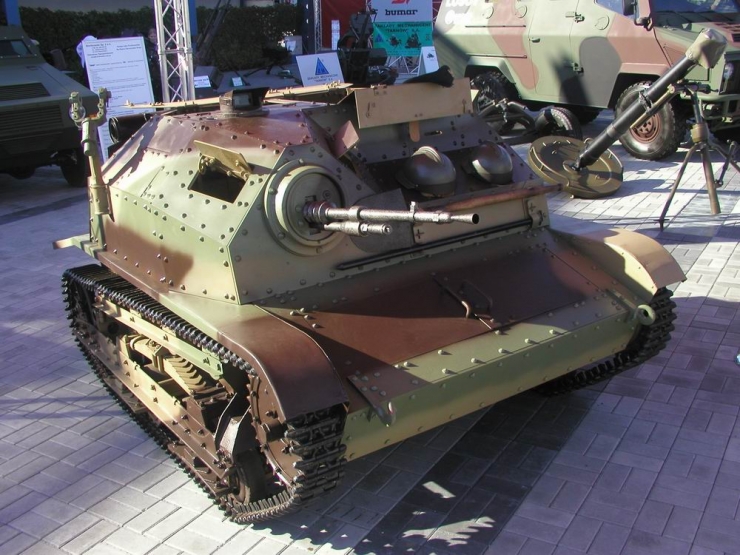
Most of the Polish designs from the 30's were also either quite light or various license-produced foreign designs and their variants. Nevertheless, it was all still quite an achievement: Poland – unlike its southern neighbor, Czechoslovakia – did not inherit the massive industry from before the war and its territory was ravaged by multiple conflicts. To build an entire indigenous armor-producing industry from scratch certainly was an accomplishment.
Throughout the 30’s, until the war, the most common Polish armored vehicles were the TK series tankettes (with over 500 built). Most of these tiny vehicles were equipped with light machineguns and were useless in tank versus tank combat but a few were armed with a potent 20mm cannon and, on several occasions, the easily concealable TK tankettes were capable of wreaking havoc upon the German invaders, knocking out even the advanced German Panzer III and Panzer IV medium tanks. Possibly the most famous such battle took place on 18.9.1939 when Roman Orlik, using his 20mm-equipped tankette, knocked out two Panzer 35(t)s and one Panzer IV, killing Viktor, the German crown prince of Ratibor, who commanded the vehicle. Despite such heroic actions, the tankettes as a whole did not do very well and after the fall of Poland, they were relegated to training duties (in German hands of course).
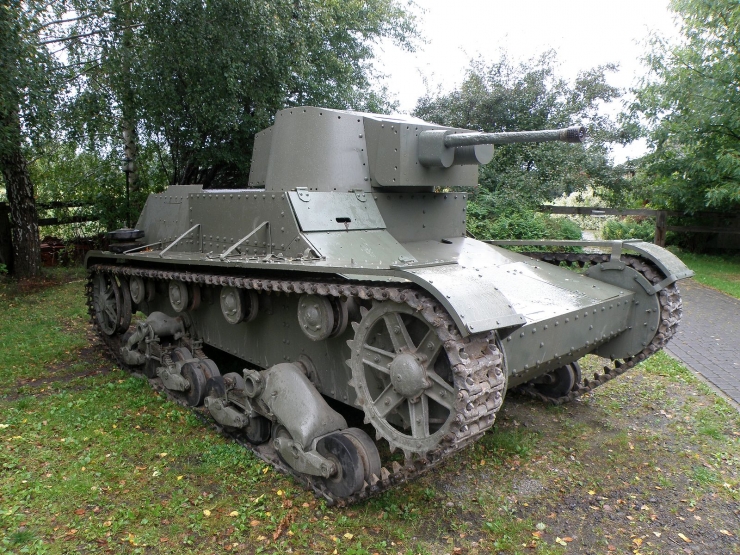
The Polish light tanks were somewhat better. The 7TP was an improved license-produced version of the Vickers Mk.E with some interesting upgrades, possibly the most notable of which was the Gundlach tank periscope. After the introduction of this device to the Polish 7TP tanks, the British copied it and used it in many of their wartime designs. The 7TPs and the French Renault R35 light tanks, although inferior to the German armor and Czechoslovak tanks in German service, could still put up quite a fight. Apart from these mass-produced vehicles, the Polish also had a number of promising prototypes, including the improved 7TP version (sometimes incorrectly referred to as 9TP) and the Christie-based 10TP that resembled the Soviet BT series (only more powerful). Just before the war, the Polish forces were equipped with:
- 161 Vickers Mk.E and 7TP tanks
- 50 Renault R35 light tanks
- 102 Renault FT light tanks
- 100 wz.29 and wz.34 armored cars
- 561 TK and TKS tankettes
Despite the vehicle numbers and the bravery of the defenders of Poland, the country fell to the relentless onslaught of German invaders from the west and their Soviet allies from the east, putting an end to indigenous Polish armor development for almost a decade. After the Nazis turned on their former Soviet partners, exile units of Polish troops (including armored forces) were formed in the Soviet Union and two hundred thousand Polish soldiers equipped with Soviet weaponry helped to defeat the horrors of fascism by fighting alongside the Red Army on its victorious march to Berlin. In the west, exiled Polish units fought the Germans first in France and in Africa and then, under British command and on British vehicles, in Normandy and further on.
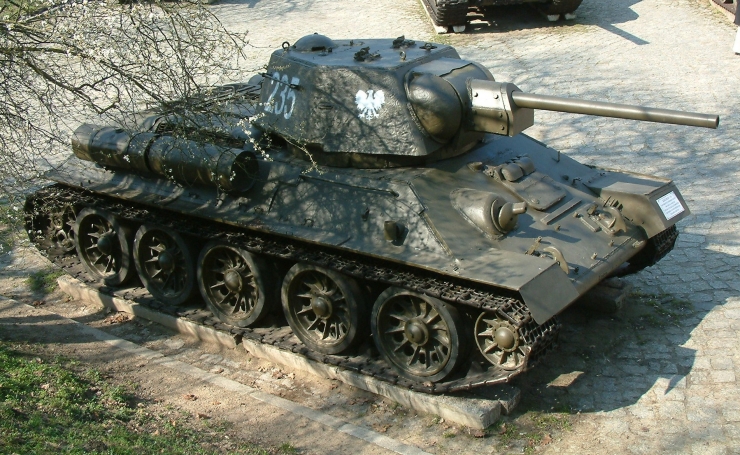
The Polish units in exile were known for their bravery and tenacity. One of the best such units was the Polish 1st Armoured Division under General Stanisław Maczek – an extremely capable leader who battled the Germans in Poland, in France and then with the British all the way to Germany.
After the war, Polish armor development slowly resumed with one of the first mass-produced post-war Polish tanks being a locally modified version of the Soviet T-34 called T-34-85M2. The differences were mostly technical and the turret was flatter. Development did not stop there and Poland eventually produced a significant number of various Soviet tank versions as well as interesting proposals for very modern battle tanks – but that is a story for another time.






